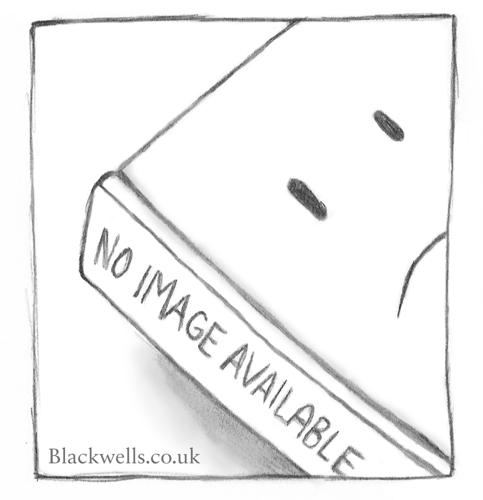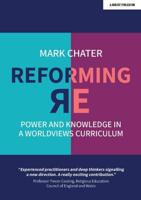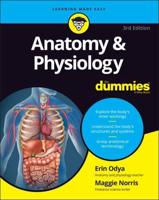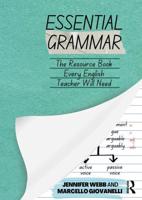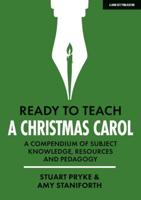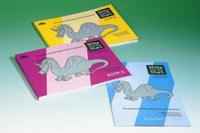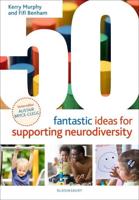Publisher's Synopsis
13 math games - Learn times tables the fun way!
Multiplication and Division Games and Activities provides practice with grade 3 math. Children learn multiplication facts while playing fun and engaging games. Each of the math activities can be used to provide multiplication and division practice during small group work, independent practice, as a do-now, HW assignment, or math center activity. This multiplication and division workbook provides math help for classroom or homeschool math practice. Each math games uses multiplication cards or division cards, math manipulatives, or visual representations to help children learn their math facts the fun way! You can cut out the games or photocopy them directly from this 3rd grade math workbook for use in the classroom or home.
Grade 3 Multiplication and Division Games and Activities includes games that target all three phases of multiplicative thinking: concrete, representational, and abstract. Student progress through each of these three phases as they move from first learning the concept of multiplication and division until they eventually master their math facts. Students in each of these phases need a different kind of instruction and practice in order to improve their multiplication skills and division skills. The activity book includes the following math games and skills:
- Counting Coins - Multiplication - Concrete Phase
- Dividing Dinos - Division - Concrete Phase
- Ready Set Go! - Multiplication - Concrete Phase
- Multiplying Money - Multiplication - Concrete Phase
- Array City - Division - Concrete Phase
- Buggin' Out - Multiplication - Representational Phase
- Garden Arrays - Multiplication - Representational Phase
- Doubling Hat - Multiplication - Representational Phase
- Railroad Division - Division - Representational Phase
- Multiplying Monsters - Multiplication - Representational Phase
- Dominoes Multiplication - Multiplication - Abstract Phase
- Robo-Math - Multiplication - Abstract Phase
- Card Showdown (Multiplication War) - Multiplication - Abstract Phase
In the beginning stages of learning to multiply, students need practice solving multiplication and division problems using concrete manipulatives such as counters and unifix cubes. Students in the concrete phase are gaining conceptual understanding and practicing their counting strategies.REPRESENTATIONAL
After you spend time teaching multiplication problems using concrete materials, you can encourage students to use drawings or diagrams to solve multiplication problems. These drawings are similar to the manipulative in that they model the math problem, but they are more abstract and therefore require more mathematical thinking.Students in the representational phase are solidifying their conceptual understanding of multiplication and division and counting strategies while beginning to apply more advanced reasoning skills to solve multiplication problems.
ABSTRACTAfter students have practice first solving multiplication problems using concrete manipulatives and then drawings or diagrams, they will be ready to solve multiplication equations. This type of problem is abstract because it involves symbols that students need to interpret such as x and ÷. Students in the abstract phase have already gained a strong conceptual knowledge of multiplication. They are practicing their reasoning skills, which leads to multiplication fact mastery.
